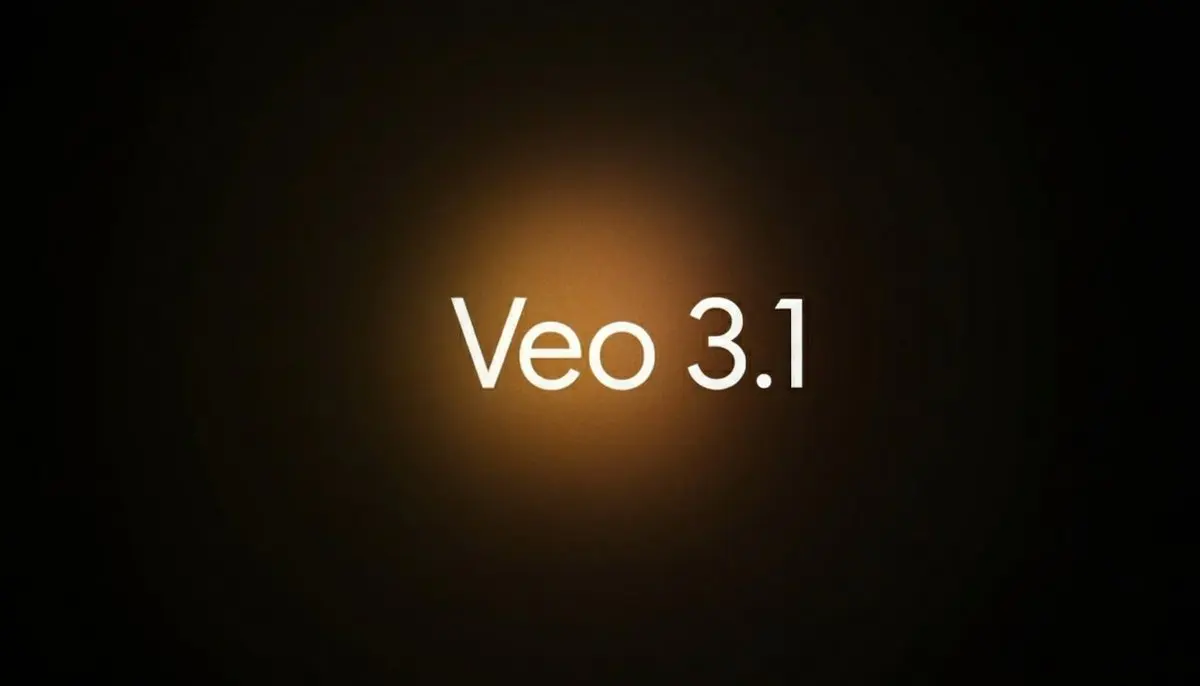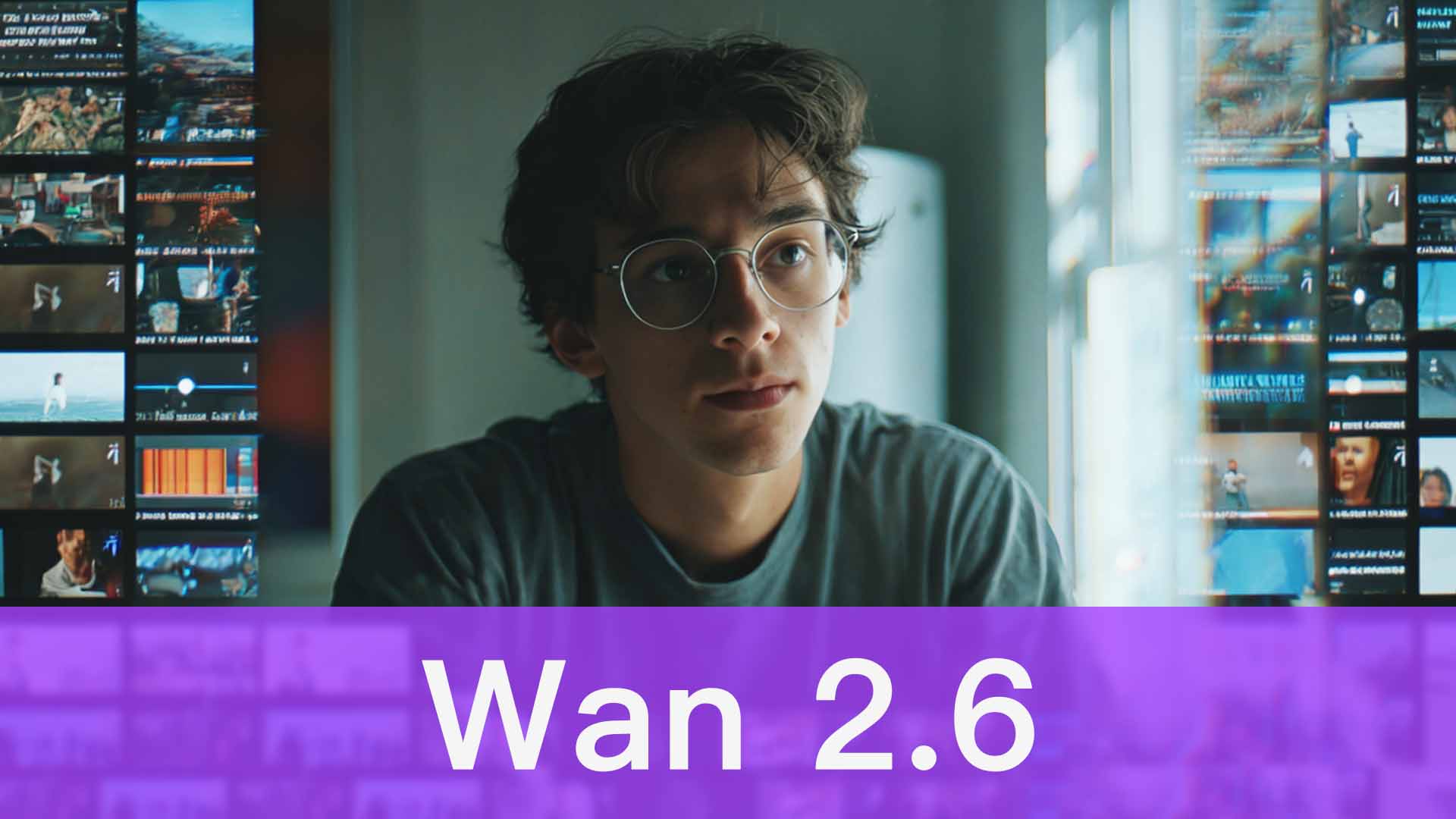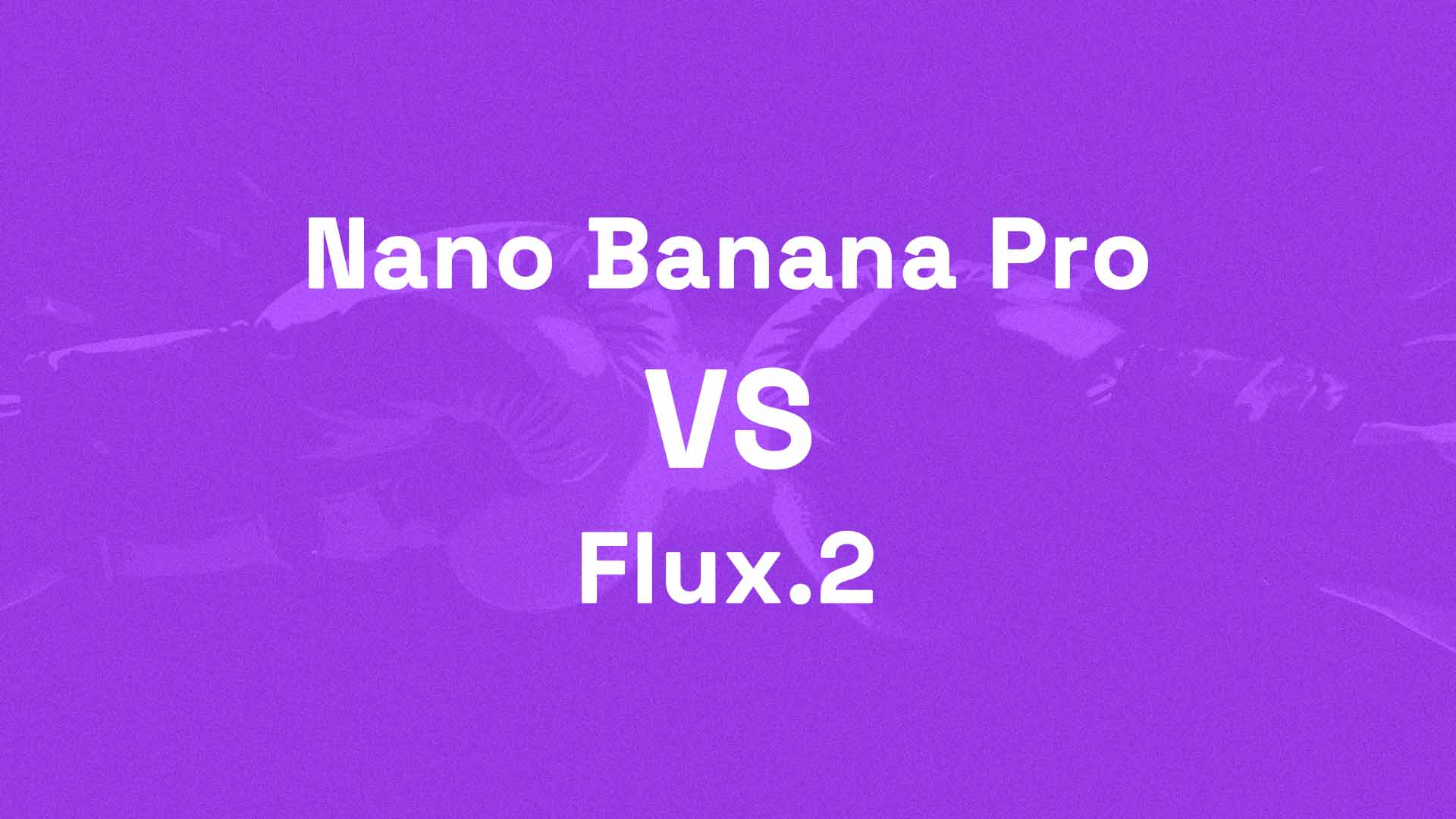Google today expanded its generative video toolkit with Veo 3.1, an incremental but important update to the company’s Veo family of models. Positioned between rapid prototyping and high-fidelity production, Veo 3.1 introduces richer audio, longer and more coherent clips, and tighter prompt adherence. It also adds new workflow tools designed to help storytellers, brands, and developers create faster and more consistently.
The update launches alongside improvements to Google’s Flow editing app and is now available in a paid preview across Google’s developer platforms.
What is Veo 3.1?
Veo 3.1 is the latest public release in Google’s generative video model family. It builds on Veo 3’s architecture but puts stronger emphasis on audio, clip length, and narrative continuity.
Earlier versions produced short, loopable clips — often only a few seconds long. Veo 3.1 now supports single clips up to one minute in length and targets 1080p output for higher-fidelity use cases.
It also adds new creative tools:
- First and last frame guidance to define a visual arc.
- “Ingredients to video”, where multiple reference images drive content.
- Scene extension, which adds seconds of contextual footage for smoother storytelling.
Google offers two modes:
- Veo 3.1 (standard) — prioritizes quality and detail.
- Veo 3.1 Fast — favors speed over fidelity, letting teams prototype quickly and upscale later.
Rather than rebuilding its core, Google designed Veo 3.1 as an evolutionary upgrade. It strengthens audio, extends scenes, and enables precise editing: inserting or removing frames, interpolating transitions, and guiding output with reference images.
Compared with Veo 3, this version advances along three clear fronts:
- Richer native audio.
- Advanced scene and shot control.
- Better quality and longer clips.
Richer native audio across features
while Veo 3 introduced synchronized sound, Veo 3.1 expands the richness and context-awareness of that audio output. Veo 3.1 generates synchronized, contextual audio (dialogue, ambient sound, and effects) as a built-in output rather than requiring separate sound design passes. Google explicitly added generated audio to features that previously produced silent video (for example, Ingredients to Video, Frames to Video, and Scene Extension). That change reduces post-production steps and makes rapid iteration easier for creators and teams. Google describes “richer audio” and improved lip-sync where characters are speaking.
Advanced scene and shot control
Veo 3.1 emphasizes production-style control (reference images, scene extension, first-last interpolation, insert/remove) that better maps to a filmmaker’s workflow. This is a clear strength in creative pipelines and enterprise automation.
Creators can supply a first and last image or “ingredients” (a set of images) and Veo 3.1 will generate coherent transitions and in-between motion that preserve character appearance and scene layout, improving continuity for narrative or branded content.
Multi-prompt / multi-shot sequencing and character consistency: New workflow features to maintain character identity and visual continuity across shots and multiple prompts, so a single character or prop can persist correctly throughout a sequence.
Cinematic presets & lighting controls: Built-in lighting and camera presets (dolly, push, zoom, depth-of-field, cinematic LUTs) to speed up production and reduce the need for advanced prompt engineering.
Quality + length improvements
Veo 3.1 enables longer clips (reports indicate up to ~60 seconds in Flow’s scene extension features), where Veo 3 was primarily focused on short (eight-second) high-fidelity clips. Availability of longer durations may be constrained by the interface (Flow) or API parameters.
Better image→video fidelity — improvements in rendering when a model is given reference images (first/last frames, multiple references) produce more consistent character identity and scene coherence.
Outputs include both horizontal (16:9) and vertical (9:16) options to serve social and broadcast use cases directly.
Safety, provenance and watermarking
Google has emphasized safety and provenance features across its generative models; Veo 3.1 follows this trend. In early coverage, Google notes:
- SynthID and provenance approaches (where supported) to help trace AI-generated media back to models/sources and to guard against misuse.
- Content policy guardrails in the Flow editor and API (region/plan dependent), and moderation tooling to reduce generation of harmful or sensitive content.
Creators should still follow best practices: label AI content clearly where required, review outputs for hallucinated or sensitive elements, and apply traditional review workflows when publishing widely.
What limits and risks remain with Veo 3.1?
Veo 3.1 is a meaningful advance but not a panacea. Main limitations and risks:
- Failure modes remain — lighting artifacts, subtle geometry glitches, and occasional misalignments (hands, fingers, fine text) still appear in complex scenes or when extreme fidelity is required. Reporters and early testers call these out as persistent edge cases.
- Misinformation & misuse concerns — higher realism and audio synthesis raise obvious concerns about deepfakes and misuse. Google continues to emphasize safeguards (content policy enforcement, provenance markers) and previously introduced SynthID watermarking to help trace synthetic media, but these systems are not a foolproof substitute for governance and human review.
- Legal & IP questions — the use of reference images, character likenesses, or copyrighted material for generation will trigger standard legal considerations; enterprises should consult counsel and respect usage policy guardrails.
Quick start — sample workflow (Gemini app + API)
In the Gemini app / Flow (no code):
Open Gemini app (or Flow editor) and sign in. Look for the Video or Create → Video option.
Skywork
Choose Veo 3.1 in the model dropdown (if multiple models are present). Select aspect ratio and target duration. Optionally pick a cinematic or lighting preset.
TechRadar
Provide a text prompt, optionally upload 1–3 reference images (for Ingredients→Video or First/Last Frame flows), and choose whether to generate audio. Submit and wait for the generation to complete. Use Flow’s editing tools to extend scenes, insert objects, or remove elements as required.
Veo 3.1 is a pragmatic and well-scoped upgrade: its immediate value lies in reducing the friction between idea and final scene by adding audio as a native output, expanding scene and reference controls, and enabling reasonably longer chained outputs. For creators who want production-style editing within a generative loop, and for enterprises seeking programmatic content automation, Veo 3.1 is a compelling tool to evaluate.



